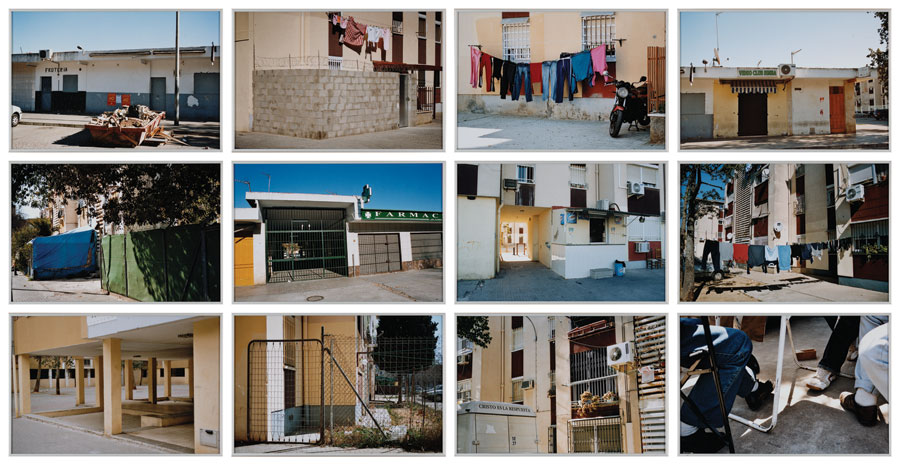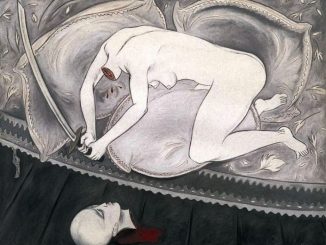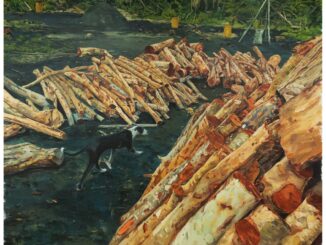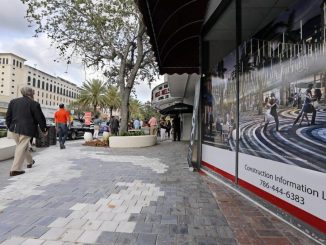
To think of how a community comes to exist is tricky; kind of a chicken and the egg predicament, isn’t it? What came first, the city or the citizens? Communities, ghettos, areas of strong cultural concentrations exist all over the world, sometimes undocumented. Proyecto Habitar at Centro Cultural Español (CCE) is a representation of communities built from the ground up by coincidental architects, of buildings erected by improvised construction – temporary structures that became permanent addresses.
Featuring the communities of La Cañada Real Galiana and Las Tres Mil Viviendas in Spain, Little Haiti in the U.S., Tijuana in Mexico, and La Habana in Cuba, Proyecto Habitar serves as a portrait of creation out of necessity, of survival, and the unshakeable culture of a people. Artists and collective forces Raúl Cárdenas/Torolab, Santiago Cirugeda/Recetas Urbanas, Democracia, Gean Moreno, Ernesto Oroza, Juan Carlos Robles and Todo por la Praxis, participate together in this exhibition curated by Luisa Espino. “Proyecto Habitar is an exhibition that displays the result of spontaneous architecture,” says Espino, emphasizing the importance of recognizing the lack of professional planning, civil engineering, or premeditated development of these inhabited areas. The method by which these communities are formed results in their undocumented and often-illegal existence, a questionable legitimacy that renders an address of “nowhere”.
One of these “nowheres”, for example, is La Cañada Real in Spain. It is home to over forty thousand people from different socio and economical backgrounds. “La Cañada Real is an illegal urban settlement. It has both houses and under-code housing in many sectors. It has been completely built by its own inhabitants,” says Espino, “You can see anything from humble little structures to a country house that could belong to my parents.” La Cañada Real has been featured in the news in the past months being portrayed as a place with derisory living conditions and an expanding drug crisis. The collaborative efforts of Todo por la Praxis, Democracia, and Santiago Cirugeda/Recetas Urbanas have resulted in Sin Estado/Stateless, an “intervention” shining new light on the reality of La Cañada Real that provides a variety of things for its people, the most important being legal counseling for inhabitants at risk of being evicted; these services are advertised on postcards, posters, and other inexpensive recycled elements and are on display at
CCE Miami.
Photography, urban materials, video installations, and a recreation of a local Video Club tell more stories behind Las Tres Mil Viviendas in Spain, Little Haiti in the U.S., Tijuana in Mexico, and La Habana in Cuba at Centro Cultural Español (CCE) until November 25th with the support of The Spanish Agency of International Cooperation to the Development (AECID), Miami-Dade County Department of Cultural Affairs and Cultural Affairs Council, the Miami-Dade County Mayor and Board of County Commissioners.







Be the first to comment